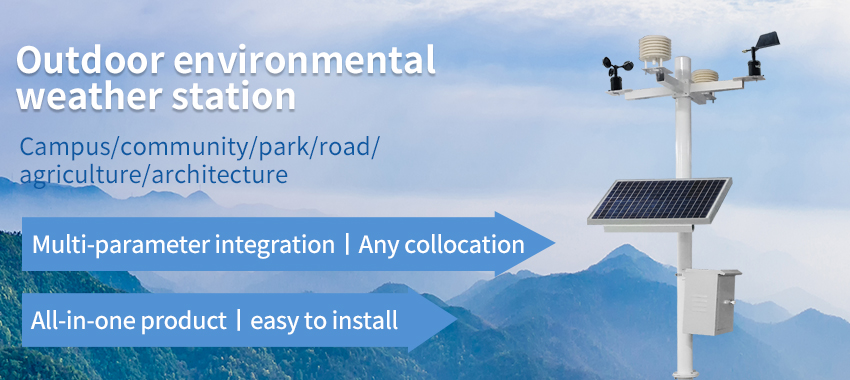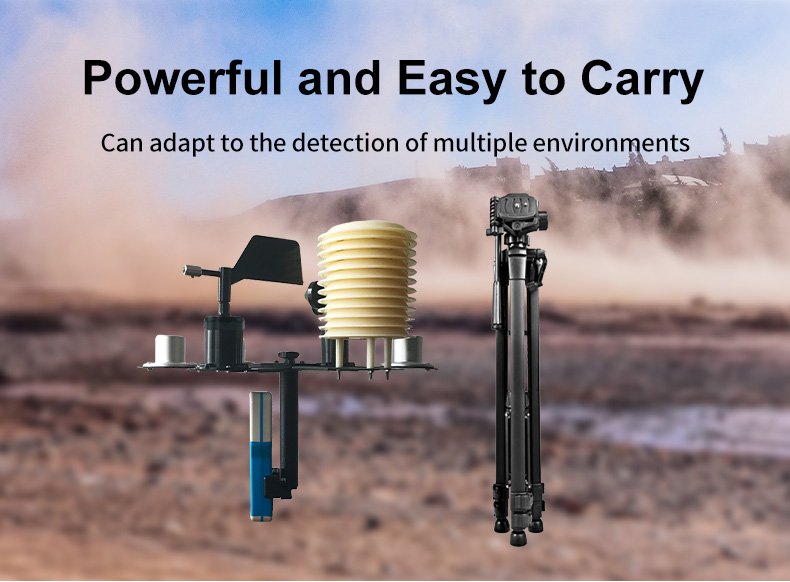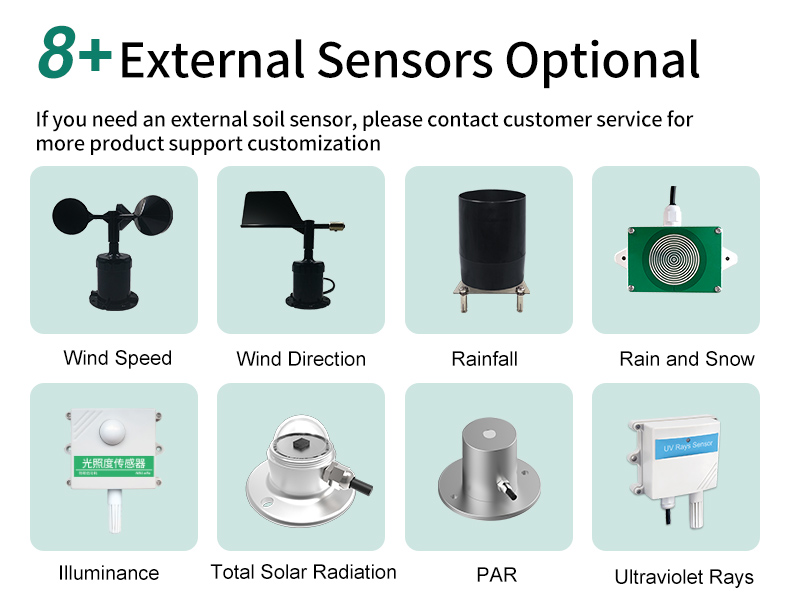By having a weather station for school on school grounds, students can gain a greater understanding of the world around them and see the concepts of science come to life. In this article, we’ll explore how a weather station can benefit schools and students, what kind of instruments are used, and how it can be integrated into the curriculum.

Benefits of a Weather Station
Having a weather station for school grounds brings a host of benefits to both the students and the community as a whole. Students get an in-depth, hands-on experience with scientific concepts, while the community benefits from receiving accurate and up-to-date weather information. Here are some of the key benefits of having a weather station in school:
Science Education: Students can learn about meteorology and other scientific concepts, such as data collection, analysis, and interpretation.

Cross-Disciplinary Learning: Weather impacts many aspects of daily life, such as agriculture, aviation, transportation, energy, and tourism. A weather station can be a cross-disciplinary tool that integrates science, math, geography, and social studies.
Real World Application: Students can see how science concepts come to life, as they collect and interpret real-time weather data.

Community Outreach: The data collected by the weather station can be shared with the community, benefiting residents, businesses, and organizations in the surrounding areas.
Career Exploration: Students can gain valuable experience in scientific data collection and analysis, preparing them for potential careers in fields such as meteorology, environmental science, and data analysis.
Instruments Used in a Weather Station
A weather station for school consists of a variety of instruments that are used to collect and measure weather-related data. These instruments include:

Thermometer: Measures the temperature.
Hygrometer: Measures humidity.
Anemometer: Measures wind speed and direction.
Barometer: Measures atmospheric pressure.
Rain Gauge: Measures precipitation.
Solar Radiation Sensor: Measures solar radiation.
UV Sensor: Measures ultraviolet radiation.
Soil Moisture Sensor: Measures soil moisture content.
Leaf Wetness Sensor: Measures leaf wetness.
Data Logger: Collects and stores data from all the sensors.
Integrating a Weather Station into the Curriculum
Weather stations for school in a number of ways into the curriculum
Science classes: Students can learn about meteorology, weather patterns, and the scientific method by collecting and analyzing data from the weather station.
Math classes: Students can calculate and graph the data collected by the weather station to learn about data analysis, statistics, and graphing.
Geography classes: Students can learn how weather patterns impact different regions of the world, as well as how geography impacts local weather patterns.
Social Studies classes: Students can learn about how weather impacts different social and economic sectors, such as agriculture, tourism, and transportation.
Clubs and extracurricular activities: A weather station for school can be used to support science fairs, STEM clubs, and other student-led activities.
Conclusion
A weather station for school is a powerful tool that can bring science to life for students, as well as benefit the community as a whole by providing real-time weather data. From studying the atmosphere to data analysis and interpretation, a weather station can be incorporated into several curricular areas and used to inspire and engage students in the learning process. With the growing demand for active learning approaches that bring science concepts to life, a weather station can provide a unique and hands-on experience that helps students develop critical thinking, problem-solving, and data analysis skills. By investing in a weather station, schools can spark students’ scientific curiosity and prepare them for a future in a world that is increasingly reliant on data-driven decision-making.